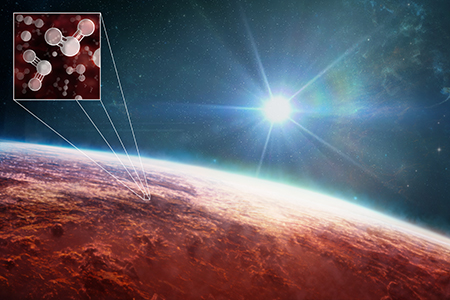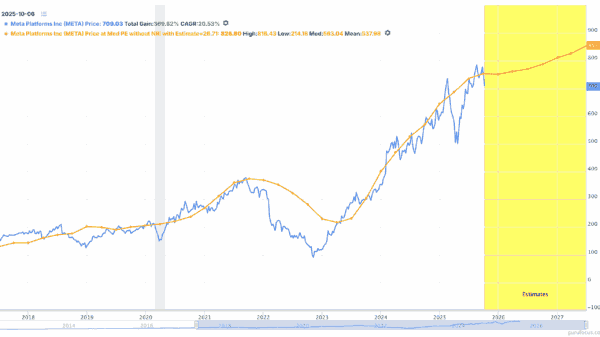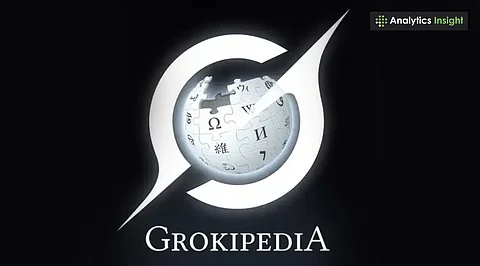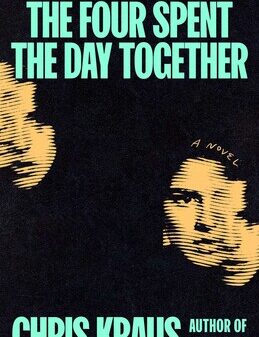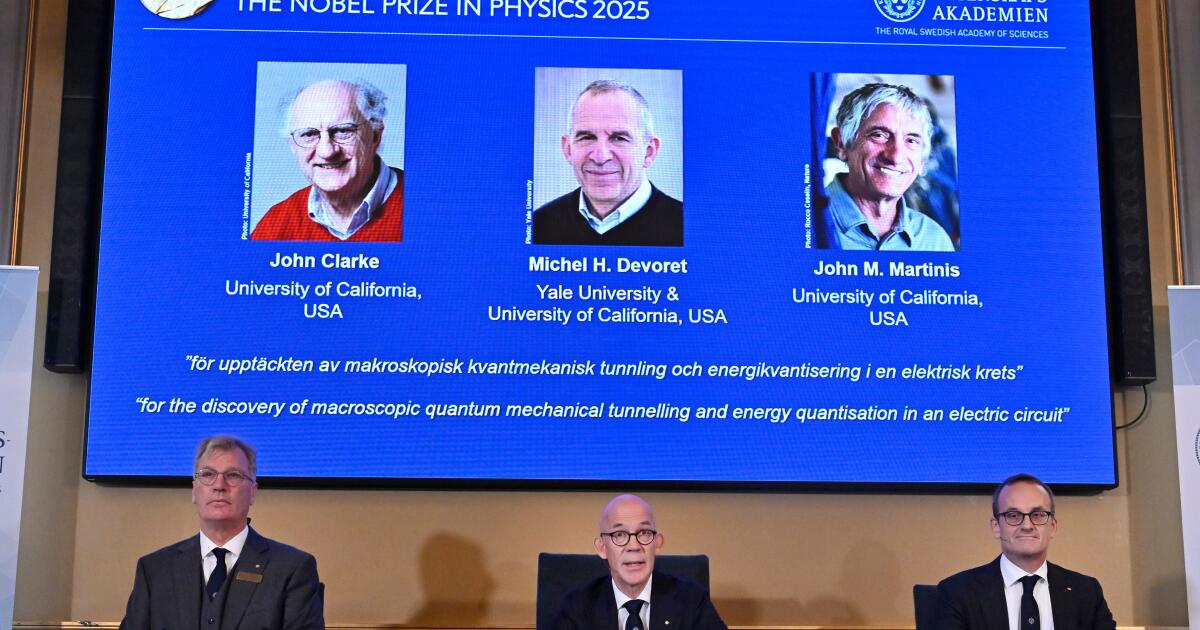Three scientists from the University of California have been awarded the prestigious Nobel Prize in Physics for their groundbreaking research in quantum mechanics, specifically regarding sub-atomic quantum tunneling. The announcement was made on October 3, 2025, in Stockholm, recognizing the significant implications of their work for enhancing digital communications and computing technologies.
John Clarke, Michel H. Devoret, and John M. Martinis were honored for their efforts that stretch back to the mid-1980s. Their research explores the “weirdness of quantum mechanics,” revealing how these minute interactions can translate into practical applications that impact everyday technology. Clarke, 83, who led the research team at the University of California, Berkeley, expressed his delight, stating, “I am pleased to receive this prize alongside my two colleagues.”
Clarke’s colleagues also have strong ties to California, with Martinis working at the University of California, Santa Barbara, and Devoret split between Yale University and the same Santa Barbara campus. Devoret could not be reached for immediate comment following the announcement.
The prize-winning research dovetails with the ongoing evolution of quantum computing, a field that has the potential to revolutionize how we process information. According to Jonathan Bagger, CEO of the American Physical Society, the work of Clarke and his peers demonstrates how quantum mechanics can be harnessed for practical use on a human scale. Bagger remarked, “They found a way to demonstrate the weirdness of quantum mechanics at the level where humans live.”
The implications of their work extend beyond computing. Mark Pearce, a professor of astrophysics and a member of the Nobel Physics Committee, highlighted additional applications, such as quantum sensors capable of making exceptionally sensitive measurements and advancements in cryptography to ensure secure communication.
Quantum mechanics, which delves into phenomena that defy classical physics, has long posed challenges to our understanding. It involves scenarios where particles can exist in multiple states simultaneously and can tunnel through barriers that appear impenetrable. The ability of Clarke, Devoret, and Martinis to contextualize these concepts has significant ramifications for modern technology.
While some experts caution against overstating the immediate impact of this research on devices such as cellphones, they acknowledge its foundational role in sophisticated measurement devices like magnetic resonance imaging (MRI). Bagger explained that while MRIs could exist without this research, their sensitivity is greatly enhanced due to the principles uncovered by these physicists.
As the Nobel Prize celebration continues, the announcement marks the 119th time the prize has been awarded. The recognition of Clarke, Devoret, and Martinis comes on the heels of other announcements this week, including the Nobel Prize in Medicine awarded to Mary E. Brunkow, Fred Ramsdell, and Dr. Shimon Sakaguchi for their discoveries related to the immune system.
Clarke’s reaction to the news was one of astonishment. He recounted receiving an early morning call from his daughter, which led to an influx of congratulatory messages. “It had never occurred to me, ever, that I would win the Nobel Prize. To put it mildly, it was the surprise of my life,” he noted in a statement to the Associated Press.
The Nobel Prize carries not only monumental prestige but also a cash award of 11 million Swedish kronor (approximately $1.2 million). The formal award ceremony is set to take place on December 10, coinciding with the anniversary of the death of Alfred Nobel, the Swedish industrialist who established the prizes.
As the world of science continues to evolve, the contributions of Clarke, Devoret, and Martinis serve as a reminder of the ongoing significance of quantum mechanics in shaping our technological landscape. Their achievements celebrate a century of quantum research that continually offers new insights and innovations, with implications that resonate through everyday life.






